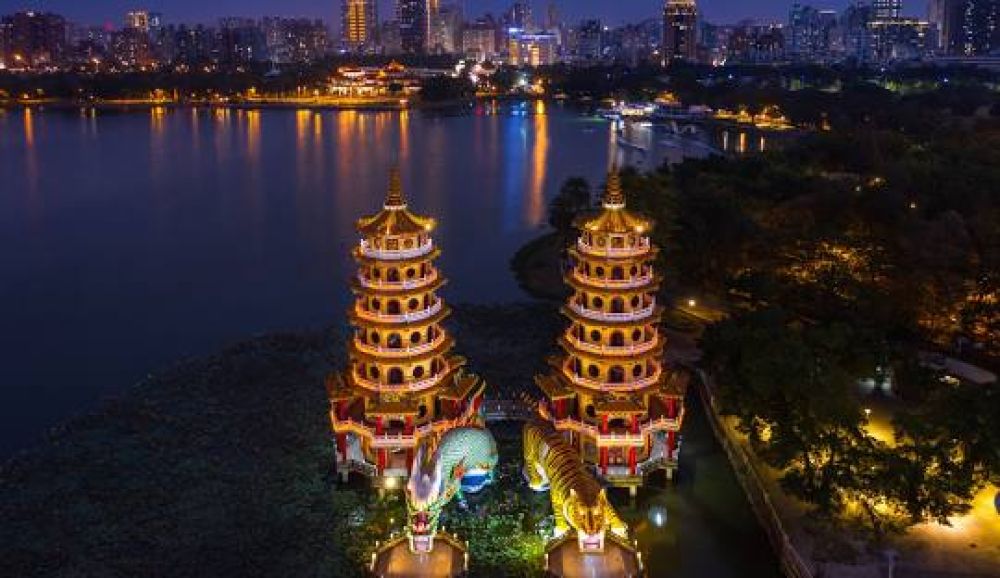

Kaohsiung, the second-largest city in Taiwan, has a rich history that dates back to the 17th century when it was a small fishing village. Over the years, it has transformed into a bustling metropolis and a major hub for trade and industry. Its tourism industry, while a more modern development, plays a significant role in the city's economy and cultural presentation.
The tourism history of Kaohsiung can be traced back to the Japanese rule in the early 20th century. The Japanese recognized the potential of the area and developed it as a harbor city. They initiated urban planning and built various infrastructures, some of which have become historical landmarks and tourist attractions, such as the Old British Consulate at Takao and the Takao Railway Museum.
In the post-World War II era, Kaohsiung continued to grow as an industrial center. It wasn't until the late 20th century that tourism really began to flourish. The city government started to make a conscious effort to promote Kaohsiung as a tourist destination, focusing on its natural beauty, including the Love River and the harbor, as well as its cultural attractions.
The turn of the millennium marked a new era for Kaohsiung tourism. Significant developments such as the opening of the Kaohsiung Mass Rapid Transit system, the establishment of the Kaohsiung Exhibition Center, and substantial urban redevelopment projects improved access and facilities for tourists.
The Pier-2 Art Center transformation from an abandoned warehouse district into a vibrant cultural precinct has attracted a new wave of visitors interested in art and culture. Moreover, the city's focus on green spaces led to the creation of attractions like the Chengcing Lake and the Kaohsiung Metropolitan Park.
In recent years, Kaohsiung has continued to evolve as a tourism destination. The launch of the Kaohsiung Port Terminal, designed by the renowned architect Reiser + Umemoto, has turned the city into a popular stopover for international cruise ships, bolstering its maritime tourism significantly.
The continued expansion of the MRT system, including the Light Rail, provides more convenient transportation options for tourists. With each passing year, Kaohsiung aspires to increase its green credentials, creating an eco-friendly destination that appeals to the global trend of sustainable tourism.
Kaohsiung's tourism sector is poised for further growth with upcoming projects like the Asia New Bay Area, which aims to blend commerce, leisure, and culture. This ambitious project is expected to transform the city's waterfront and attract new investment in the hospitality sector, promising a bright future for Kaohsiung's tourism industry.